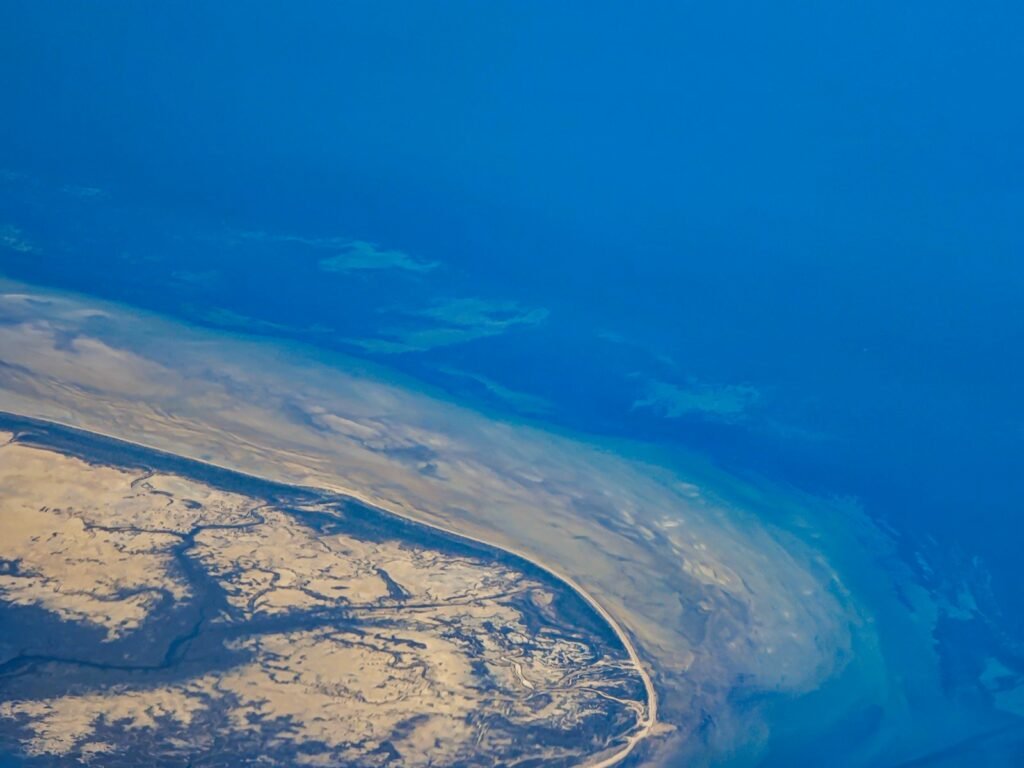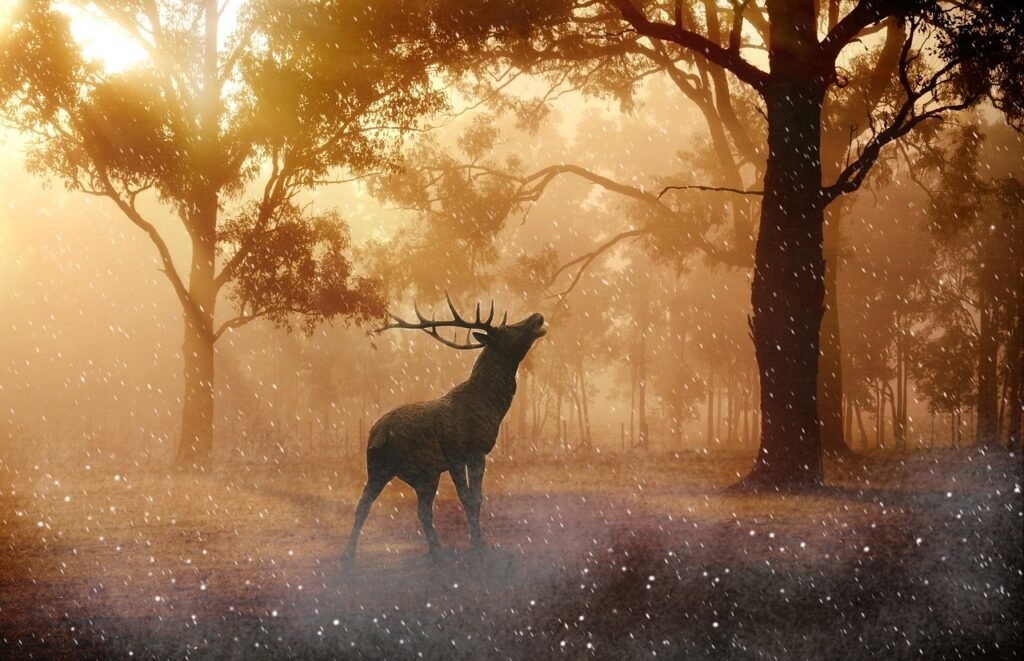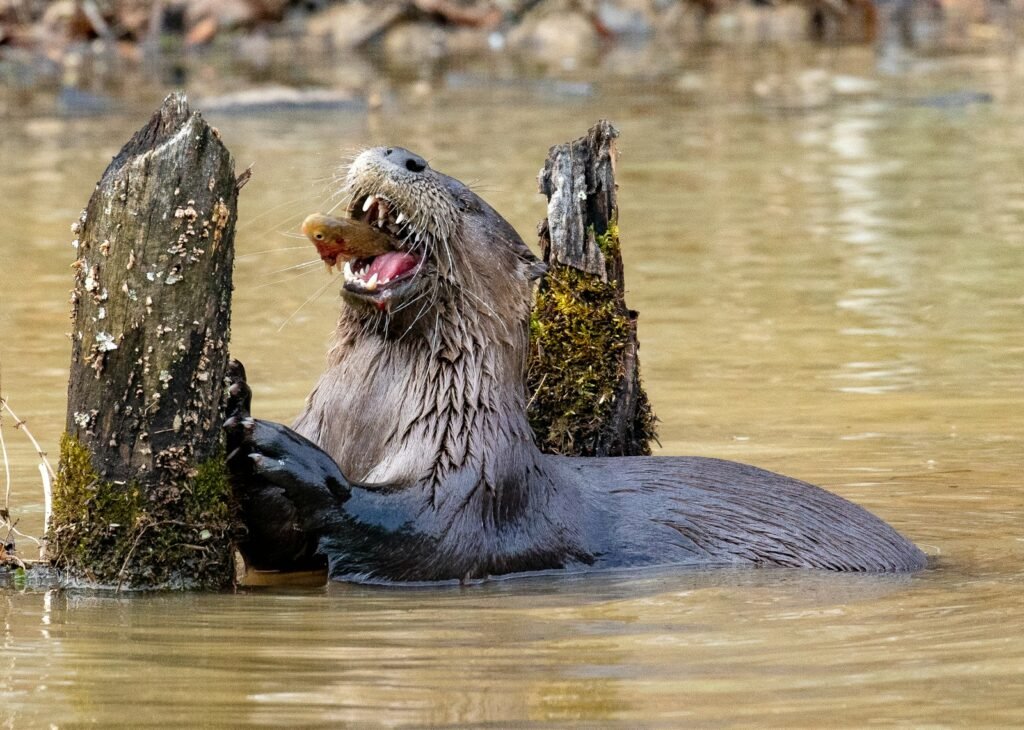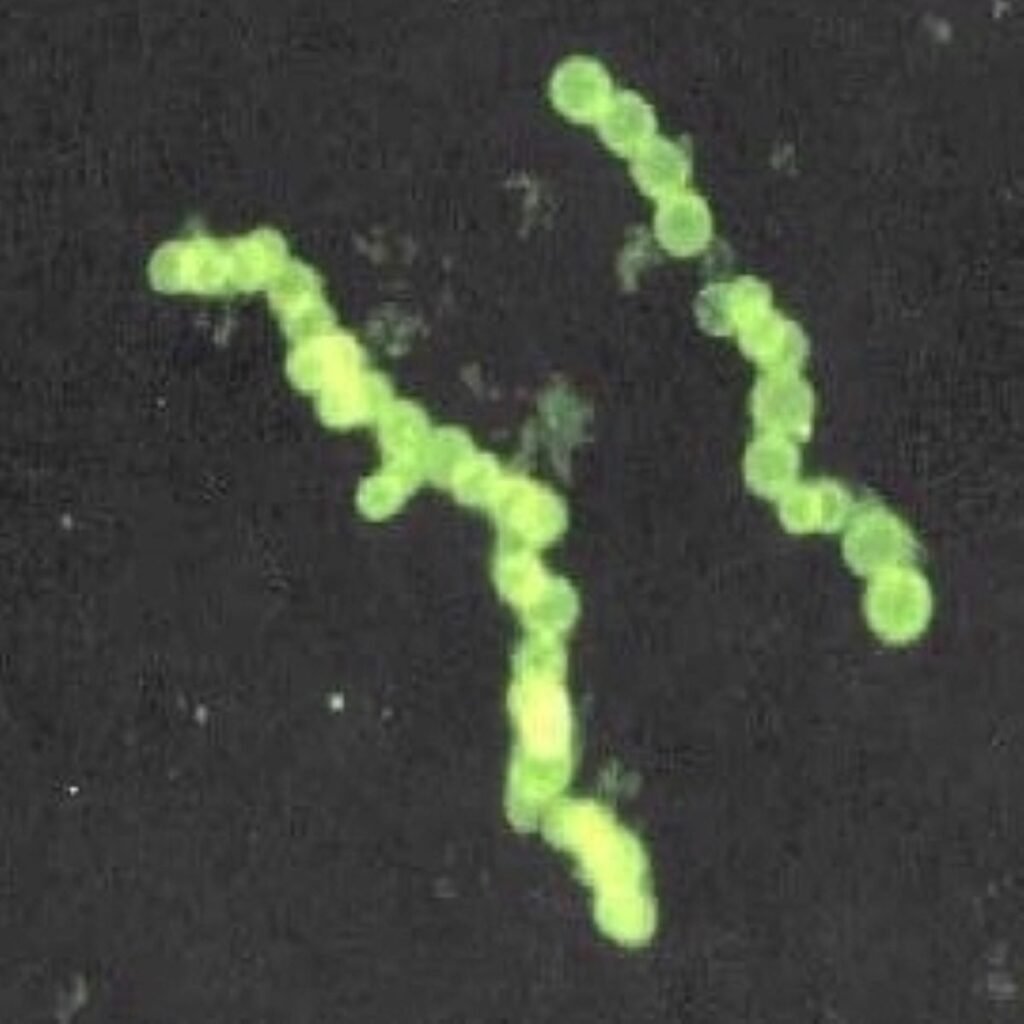On moonless nights, far from shipping lanes and city glare, parts of the ocean can bloom into a ghostly sheen that lasts for hours – or even days. For generations, mariners traded stories about these “milky seas,” unsure whether they were myth, mirage, or something alive. Now, satellites have started catching them in the act, turning folklore into measurable data and maps. The discovery is both poetic and practical: it reveals a living light show and a new way to track the ocean’s hidden chemistry. It also raises a tantalizing question – what else have we been missing in the dark?
The Hidden Clues

Imagine staring down from orbit and watching a patch of ocean glow like spilled moonlight – steady, widespread, and strangely calm. That’s not a city or a ship; it’s biology broadcasting through the night. These nighttime glows look nothing like the glittering pinpricks of coastal bioluminescence many of us know from beaches and boat wakes. Instead, they form broad, diffuse fields that can stretch for hundreds of kilometers, a subtle radiance that satellites can now detect in very low light.
What makes this remarkable is how faint the signal is. The glow sits just above the background darkness, drowned easily by clouds or bright moonlight. Yet with the right sensor and timing, the ocean’s whisper of light becomes visible, like reading by starlight. Each detection is a clue about biology, nutrients, and currents working together in the dark. It’s a new kind of oceanography that begins where most cameras give up.
From Sailors’ Myths to Satellite Eyes

For centuries, sailors described waters that turned milky and luminous, sometimes bright enough to read by, and then watched the glow follow the hull for hours. Their logbooks were evocative but imprecise, leaving scientists with questions about location, extent, and cause. Early ocean-color satellites transformed our daytime view of plankton, yet at night the ocean remained a mystery. The leap came with sensitive low-light imagers designed to track faint emissions on Earth’s night side.
These sensors can separate city lights, ship tracks, auroras, and fires from oceanic glows by their shape, motion, and spectral characteristics. When a glow appears far offshore and holds its position over time, the satellite record builds confidence that it is biological. Follow-up analysis with ocean color data from daylight passes helps confirm a bloom-rich region. Bit by bit, myth has become a map and timeline.
How Satellites See the Night Ocean

Night-vision instruments tuned for extremely low levels of visible light can pick up the soft radiance from the sea surface. They rely on large detector arrays, careful calibration, and algorithms that subtract out moonlight, airglow, and stray reflections. The result is a nightly portrait of Earth that reveals signals too dim for ordinary cameras. When the skies cooperate, these instruments can outline ocean glows with surprising detail.
Daytime sensors add context by showing pigment-rich waters, fronts, and eddies that concentrate plankton and organic matter. Put together, the two perspectives are powerful: night for the glow, day for the drivers. Researchers can then track how long the glow persists, whether it drifts with currents, and how it evolves as weather changes. That time series is critical to understanding both cause and consequence. It’s like having a heartbeat monitor for parts of the ocean we could barely see before.
What the Glows Really Are

Most long-lasting ocean glows are linked to bioluminescent bacteria that switch on when their population becomes dense enough. Inside those microbes, enzyme-driven reactions create light, governed by chemical signaling that tells the community it’s time to glow. The bacteria often thrive in organic‑rich waters, which can build up during or after phytoplankton blooms. In some regions, dinoflagellates also contribute, but their flashes are typically wave-triggered and more spark-like than the smooth, steady illumination of a milky sea.
Think of the glow as a neon sign, but one powered by ecology rather than electricity. The intensity depends on nutrient conditions, the mix of species, temperature, and the state of the surface microlayer – the ocean’s paper-thin skin. Currents act like a painter’s brush, pulling ribbons and patches into shapely patterns. When conditions align, the light can last through multiple nights. When they don’t, the signal wink fades to black in hours.
Why It Matters

Ocean glows are more than spectacle – they’re evidence of microbial communities shaping the chemistry of the sea surface. Traditional methods rely on ship sampling, which is sparse, and daytime satellite color, which cannot directly track nighttime bioluminescence. Low-light imaging closes a blind spot, offering near‑real‑time clues about where bacteria and plankton are flourishing and how quickly conditions change. That matters for understanding carbon cycling, nutrient pathways, and the health of surface ecosystems.
There are practical stakes, too. Predicting where glows might appear can guide targeted field expeditions that catch blooms in action rather than after the fact. For fisheries, the same convergence zones that host glows can signal productive waters, though not all blooms are beneficial. For maritime operations, these events can reveal invisible fronts and current boundaries that affect navigation and search‑and‑rescue planning. In short, the glow is a tracer of the ocean’s hidden physics and biology, one we can finally follow at the basin scale.
Global Perspectives

Milky seas have been most frequently reported in parts of the Indian Ocean and nearby seas, where warm waters, seasonal monsoons, and productive upwelling set the stage. But satellite eyes have expanded the map, showing that the right conditions can appear in other basins, including equatorial and subtropical belts. The pattern often overlaps with regions known for large phytoplankton blooms and complex current systems. It’s a reminder that the ocean’s nighttime face is as dynamic as its daytime hues.
I remember riding a night ferry years ago and watching blue sparks trail in the wake – classic coastal bioluminescence, not a vast milky sea, but unforgettable. Seeing those same signatures scaled up changes how that memory feels. It suggests that what dazzles at the shoreline can, under the right conditions, sprawl across open water. For coastal communities and island nations, that connection between nearshore and offshore processes is more than poetic. It links livelihoods, weather, and ecosystems across surprising distances.
The Future Landscape

Next‑generation satellites are sharpening both night vision and daytime spectral detail, making it easier to distinguish bloom types and the organic chemistry that supports them. Hyperspectral ocean‑color instruments can tease apart pigment fingerprints, while improved low‑light sensors will push toward higher resolution and better noise control. Machine‑learning models are already being trained to spot the faint, smooth textures unique to these glows amid clutter from clouds and city scatter. With more data, forecasts should move from “was there a glow?” to “will there be one, and for how long?”
Challenges remain. Clouds and aerosols can mask or mimic faint signals, and moonlit nights complicate detection. Ground truth is scarce because ships rarely stumble onto these events at the right time, so coordinated campaigns will be key. International data sharing and rapid alerts could send research vessels and autonomous drones into active glows for direct sampling. If that happens, we’ll finally connect the pixels to the microbes with confidence.
Call to Action

You don’t need a satellite to help. If you’re on the water at night and notice unusual, steady luminosity stretching beyond the wake, log the time, location, sky conditions, and a short description, then share it with local oceanographic networks or community science platforms. Coastal readers can support programs that maintain ocean‑color and nighttime imaging missions, because sustained observations are what turn one‑off wonders into science. Educators can bring these stories into classrooms to spark curiosity about microbes, chemistry, and the physics of light.
For policymakers and funders, the path is clear: prioritize open data, cross‑agency coordination, and rapid response capabilities when satellites flag a candidate event. Small grants that connect fishing fleets, ferries, and research teams can yield outsized returns in verified observations. And for all of us, staying curious – eyes open to the night – keeps the pipeline of discovery alive. The ocean is talking softly; it helps to listen together.
Conclusion

What began as whispers from sailors has become a measurable, map‑able phenomenon, bright enough for orbit but delicate enough to vanish with the wrong wind. In that tension – between awe and analysis – lies the promise of a new window on the sea. Each detection is a story about microbes, currents, and climate, written in light across the open ocean. With better tools and faster coordination, we can read those stories in near real time and act on what they reveal. The question now is simple and thrilling: the next time the ocean lights up, will we be ready to meet it?

Suhail Ahmed is a passionate digital professional and nature enthusiast with over 8 years of experience in content strategy, SEO, web development, and digital operations. Alongside his freelance journey, Suhail actively contributes to nature and wildlife platforms like Discover Wildlife, where he channels his curiosity for the planet into engaging, educational storytelling.
With a strong background in managing digital ecosystems — from ecommerce stores and WordPress websites to social media and automation — Suhail merges technical precision with creative insight. His content reflects a rare balance: SEO-friendly yet deeply human, data-informed yet emotionally resonant.
Driven by a love for discovery and storytelling, Suhail believes in using digital platforms to amplify causes that matter — especially those protecting Earth’s biodiversity and inspiring sustainable living. Whether he’s managing online projects or crafting wildlife content, his goal remains the same: to inform, inspire, and leave a positive digital footprint.




